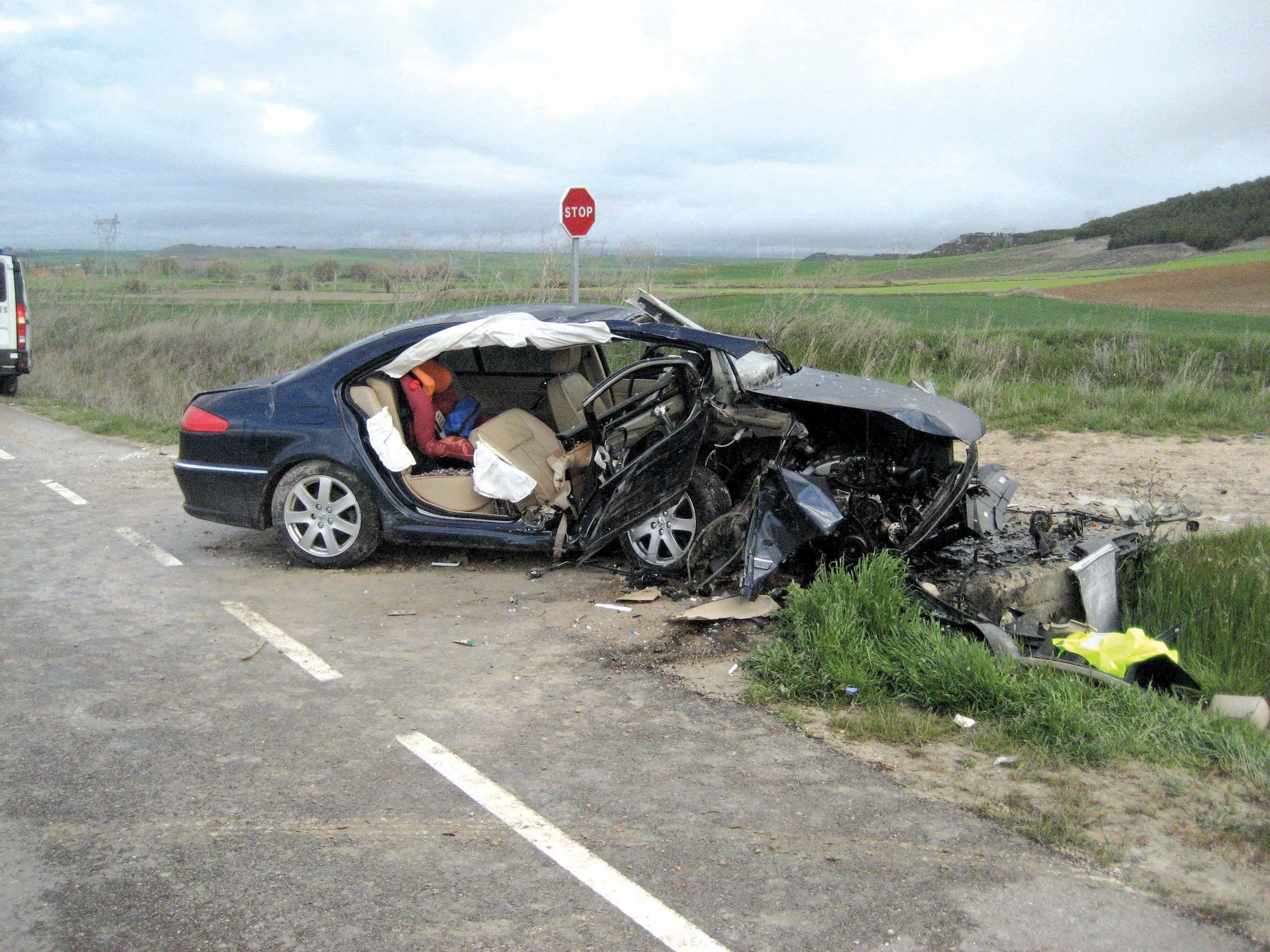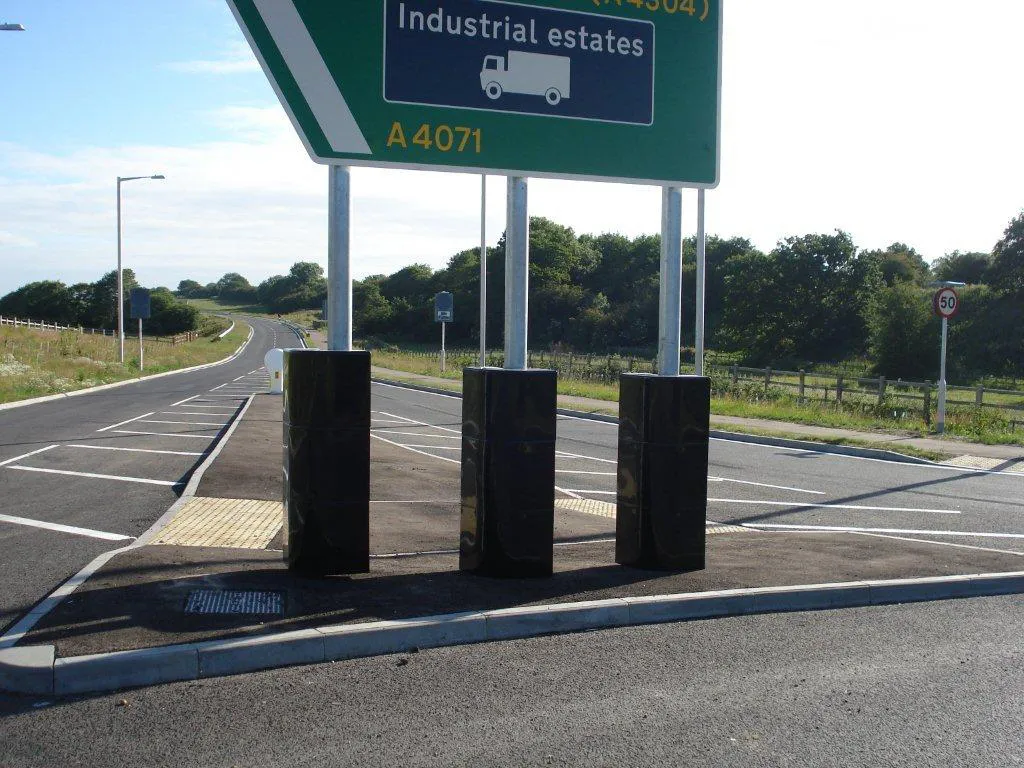The US road network features poor pedestrian safety, a problem the authorities are struggling to tackle. According to data from the National Highway Transportation Safety Administration (NHTSA), 5,977 pedestrians died on US roads in 2017. Of concern is that this is the second highest figure since 1990, with 2016 having seen the peak with a figure 2% higher.
Worryingly, pedestrian deaths are some 46% higher than they were in 2009. Of note too is that road deaths increased by 3% for occupants of SUVs and by
October 5, 2018
Read time: 2 mins
The US road network features poor pedestrian safety, a problem the authorities are struggling to tackle. According to data from the National Highway Transportation Safety Administration (NHTSA), 5,977 pedestrians died on US roads in 2017. Of concern is that this is the second highest figure since 1990, with 2016 having seen the peak with a figure 2% higher.
Worryingly, pedestrian deaths are some 46% higher than they were in 2009. Of note too is that road deaths increased by 3% for occupants of SUVs and by a worrying 18% for drivers of large commercial trucks.
On a more positive note, road deaths dropped by 1% for car occupants and by 8% for cyclists.
Data suggests that the increase in numbers of SUVs has been a contributing factor in the jump in pedestrian deaths. Pressure has been building on federal traffic safety organisations to address the dangers to vulnerable road users posed by SUVs.
Regulations targeting blind spots and other safety issues in large trucks have also been lacking. These vehicles are responsible for a disproportionate share of bike and pedestrian deaths.
However, the908 US Government has failed to implement safety measures for SUVs or large trucks and has even taken away some earlier requirements set by the previous administration.
Traffic deaths overall have been rising since 2014. Despite last year’s minor dip, they were on their way back up for the first half of 2018, according to NHTSA’s preliminary data.
Worryingly, pedestrian deaths are some 46% higher than they were in 2009. Of note too is that road deaths increased by 3% for occupants of SUVs and by a worrying 18% for drivers of large commercial trucks.
On a more positive note, road deaths dropped by 1% for car occupants and by 8% for cyclists.
Data suggests that the increase in numbers of SUVs has been a contributing factor in the jump in pedestrian deaths. Pressure has been building on federal traffic safety organisations to address the dangers to vulnerable road users posed by SUVs.
Regulations targeting blind spots and other safety issues in large trucks have also been lacking. These vehicles are responsible for a disproportionate share of bike and pedestrian deaths.
However, the
Traffic deaths overall have been rising since 2014. Despite last year’s minor dip, they were on their way back up for the first half of 2018, according to NHTSA’s preliminary data.









